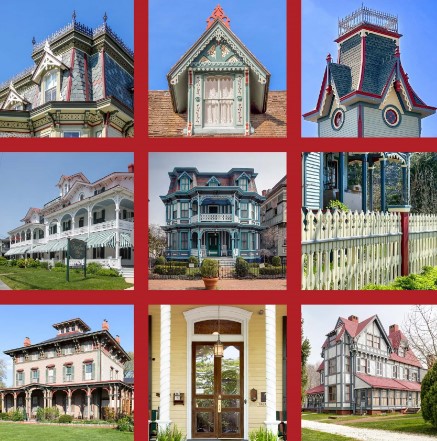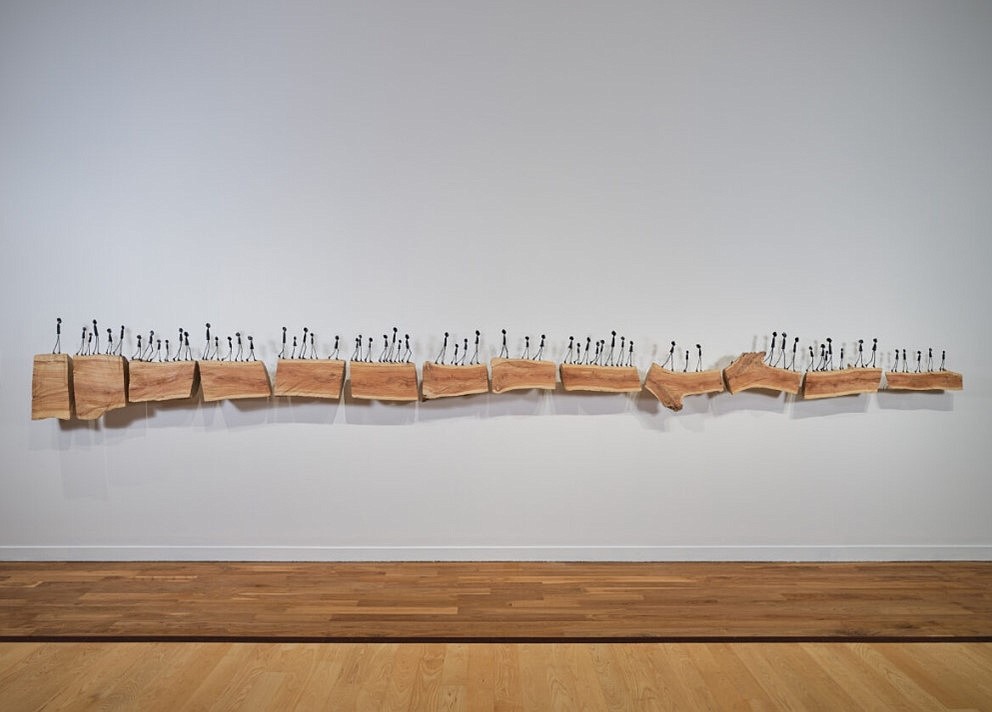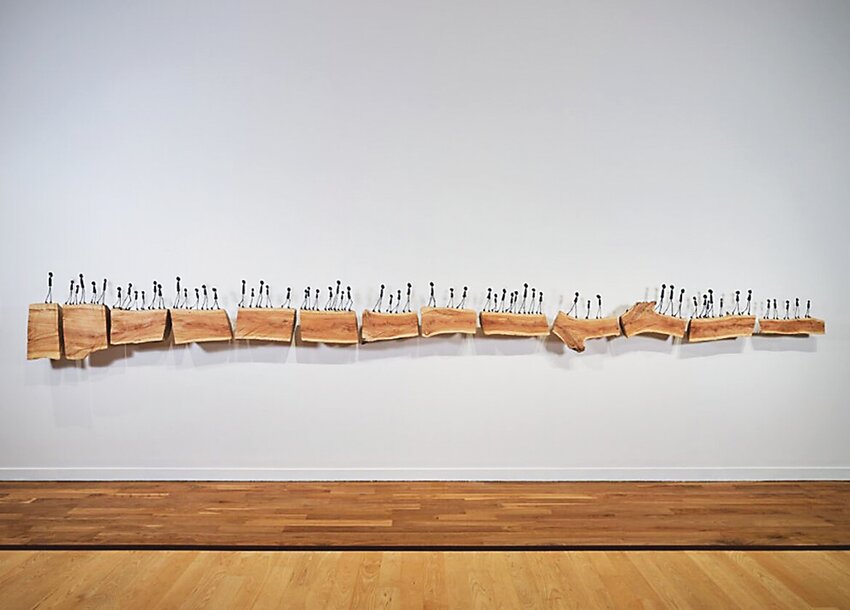
On April 22-24, the Region 7 Office of Child Support Services team held their annual Tribal Conversation in Kansas City, with representatives from the tribal child support agencies of the Kickapoo Tribe in Kansas, the Prairie Band Potawatomi Nation, the Delaware Tribe of Indians, the Meskwaki Nation, and the Winnebago Tribe of Nebraska. Also attending were OCSS Director of Regional Operations, Melissa Johnson, and ACF Regional Administrator, Barbara Lacina.
The annual Tribal Conversation began in 2012, as an opportunity for the tribal child support programs to share best practices, learn from peers, solve problems, and develop program innovations. The ACF Regional Administrator was invited, to present on the range of programs and services funded by ACF in Tribal Nations, to explain how ACF fits into the big HHS picture, to describe all the programs and services HHS encompasses, and to illustrate how child support agencies can collaborate with other HHS-funded tribal programs such as home visiting, mental health and substance use, or health services and resources, to engage with the broader tribal community.
Another unique and key element of the Tribal Conversation was a focus on fatherhood collaborations. To advance this aspect of the agenda, Regional Administrator Lacina presented an overview and background on the formation and purposes of the Region 7 Fatherhood Economic Mobility Task Force. RA Lacina encouraged the tribal child support Directors to consider having a member of their team join the Task Force, both to bring much-needed tribal representation and voices to the group as well as to gain information and ideas that will strengthen efforts to build their own fatherhood collaborations.
The OCSS team reported that the ORO presence at the Tribal Conversation was very beneficial, and the discussions were informative and well-received.

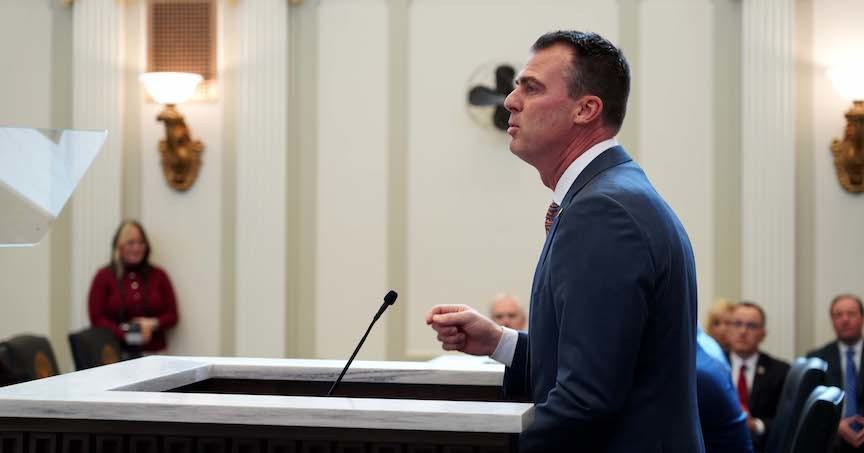
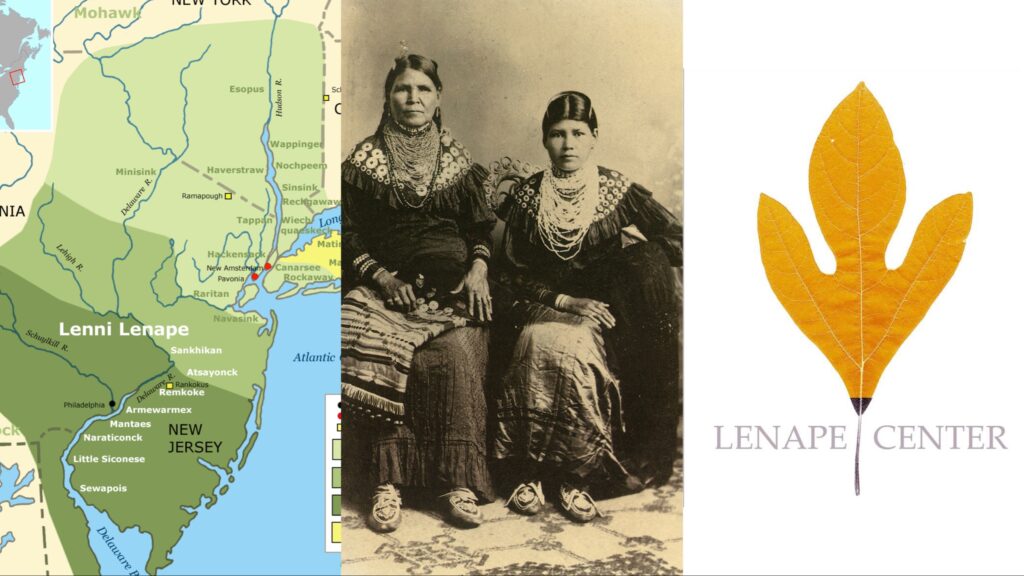




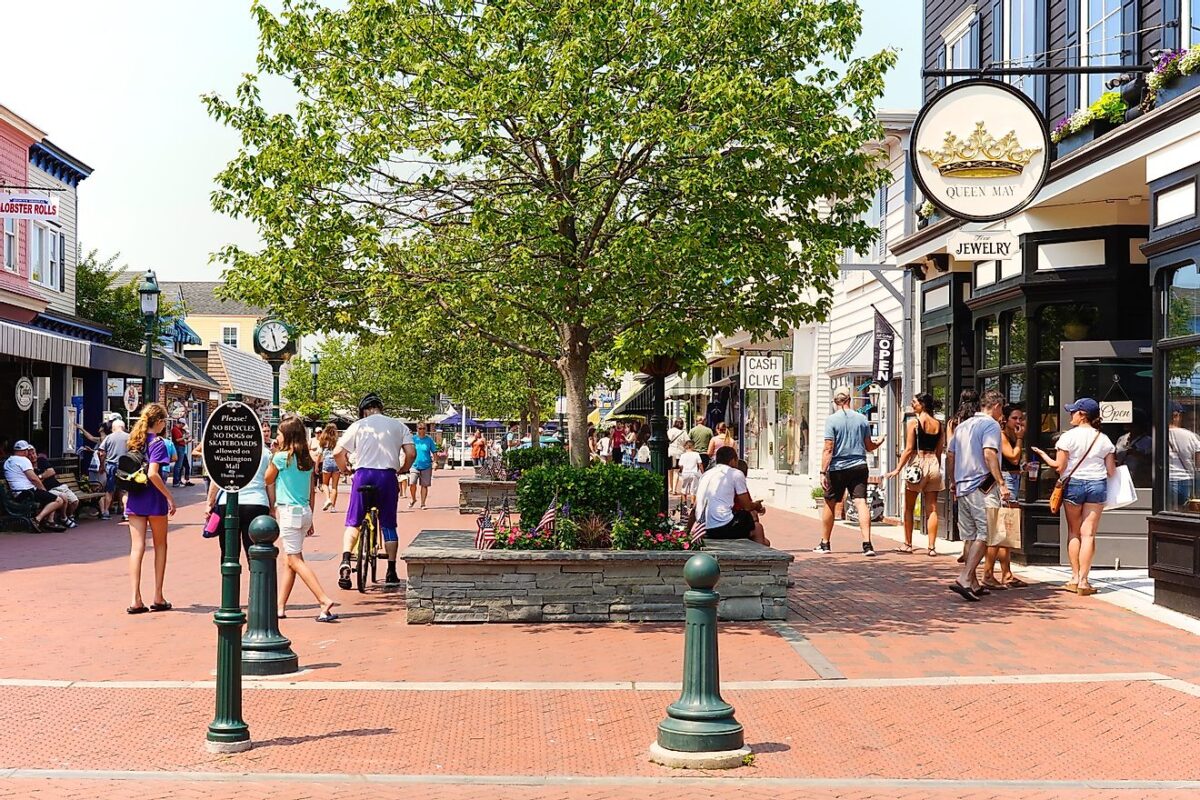
 Tourists walk through Washington Street Mall in Cape May, New Jersey. Image credit JWCohen via Shutterstock
Tourists walk through Washington Street Mall in Cape May, New Jersey. Image credit JWCohen via Shutterstock 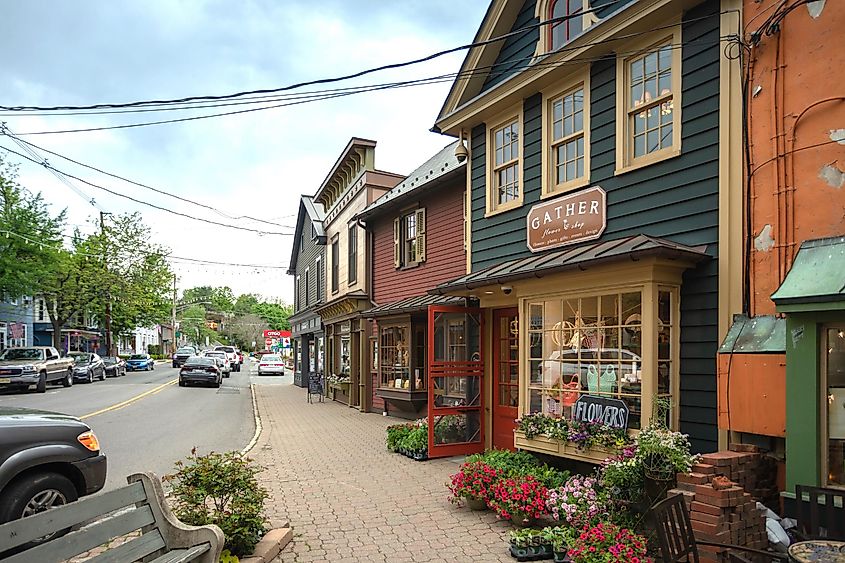 Shops in a City Center in Lambertville, New Jersey. Editorial credit: christianthiel.net / Shutterstock.com.
Shops in a City Center in Lambertville, New Jersey. Editorial credit: christianthiel.net / Shutterstock.com. 